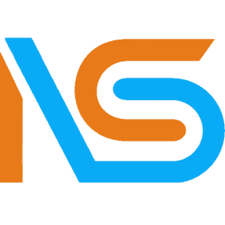Introduction to Image Processing
Image processing is a critical technology in today’s digital world, enabling computers and devices to analyze, interpret, and manipulate visual data. From enhancing images to detecting objects and patterns, image processing plays a vital role in fields such as healthcare, automotive, security, and entertainment. With advancements in Artificial Intelligence (AI) and Machine Learning (ML), image processing has become more sophisticated, allowing businesses to extract valuable insights from images, automate visual tasks, and improve decision-making. Whether it's used for facial recognition, medical imaging, or visual effects, image processing is revolutionizing how we interact with visual content.
Core Features of Image Processing
Noise Reduction
- Removal of unwanted noise from images to improve clarity and quality.
- Application of filtering techniques to enhance image details.
Image Restoration
- Correction of image distortions and degradation caused by various factors.
- Use of algorithms to restore images to their original quality.
Object Detection
- Identification and localization of objects within images.
- Implementation of machine learning models for accurate detection.
Image Classification
- Categorization of images based on predefined criteria.
- Use of deep learning techniques for enhanced classification accuracy.
Facial Recognition
- Advanced algorithms for identifying and verifying individuals based on facial features.
- Applications in security, surveillance, and user authentication.
Pattern Recognition
- Identification of patterns and anomalies in images for various applications.
- Integration with other data sources for comprehensive analysis.
Benefits of Image Processing
Improved Visual Quality
- One of the primary benefits of image processing is the ability to enhance the quality of images. Whether for medical diagnoses, security footage, or entertainment, high-quality images provide more detailed and accurate information.
- This leads to better outcomes in areas like healthcare, where enhanced medical images can aid in the detection of diseases, or in surveillance, where clearer
- images help identify potential threats.
Automation of Visual Tasks
- Image processing automates various visual tasks that traditionally required manual intervention. In industries such as manufacturing, image processing systems can identify defects or irregularities in products with high precision, improving quality control.
- Similarly, in agriculture, automated drones equipped with image processing can monitor fields and crops, reducing the need for human labor and increasing efficiency.
Enhanced Security & Surveillance
- Image processing is widely used in security applications, from facial recognition in access control systems to real-time object detection in surveillance cameras.
- This technology enhances security by automating the identification of suspicious behavior or individuals, improving the effectiveness of monitoring systems and enabling faster responses to potential threats.
Medical Advancement
- In healthcare, image processing is used in medical imaging technologies such as MRI, CT scans, and X-rays to improve diagnostic accuracy.
- By enhancing and analyzing medical images, healthcare professionals can detect abnormalities, track disease progression, and make more informed treatment decisions.
- This leads to better patient outcomes and more precise medical interventions.
Efficient Data Compression & Storage
- Image compression techniques reduce the size of image files, making it easier to store and transmit large amounts of visual data.
- This is essential for businesses that manage extensive image databases, such as ecommerce platforms, medical institutions, and cloud services.
- Efficient image compression reduces storage costs and speeds up data transmission without compromising image quality.
Accurate Pattern & Object Recognition
- Pattern and object recognition technologies driven by image processing are key enablers for advancements in AI, robotics, and autonomous systems.
- From self-driving cars to smart home devices,accurate recognition of objects and patterns allows machines to interact with the world around them, making automated systems safer and more reliable.
Our Location
B-12, B Block, Sector 2, Noida, Uttar Pradesh 201301
We will get back to you within 24 hours, or Call us everyday, 09:00AM - 04:00PM
Request a quote
Conclusion
Image processing is at the forefront of technological innovation, offering a range of powerful tools and techniques to interpret and manipulate visual data. Whether enhancing image quality, detecting objects, or automating visual tasks, the applications of image processing are wide-ranging and impactful across multiple industries. As AI and machine learning continue to advance, image processing will play an even greater role in shaping the future of healthcare, security, entertainment, and more. Businesses that leverage image processing technologies will not only improve operational efficiency but also gain a competitive edge in delivering cutting-edge solutions. In a world increasingly driven by visual data, image processing is an essential technology for success in the digital era.
Trusted By A Few Of Our Valued Clients
At Bluethinkinc, our client’s success is our top priority - we work tirelessly to help them achieve their goals, delivering customized solutions that drive growth and transformation.

 Sales Transformation
Sales Transformation Business Process Automation
Business Process Automation Application Upgrade
Application Upgrade Rapid Prototyping
Rapid Prototyping Product Evaluation & Assessment
Product Evaluation & Assessment Customer Service
Customer Service Power Virtual Agent
Power Virtual Agent Omni-Channel Experience
Omni-Channel Experience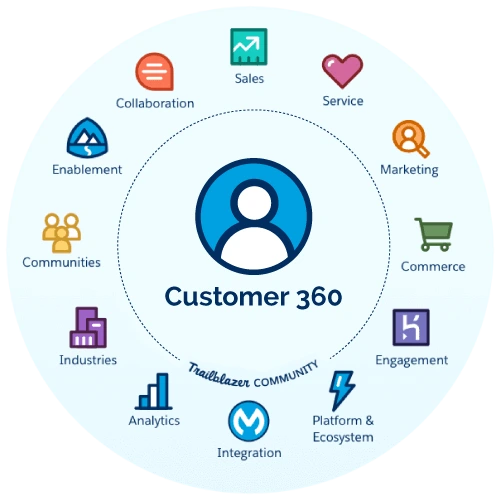 360 View of Customer Journeys
360 View of Customer Journeys NextGen Customer Portal
NextGen Customer Portal Campaign & Marketing
Campaign & Marketing Customer Insights
Customer Insights Portal Content Management
Portal Content Management Reporting & Analytics
Reporting & Analytics Marketing Automation
Marketing Automation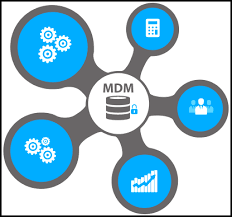 Master Data Management
Master Data Management Technology Modernization
Technology Modernization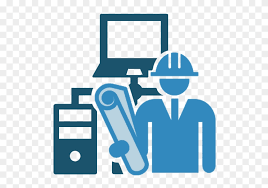 Enterprise Architecture
Enterprise Architecture COE as a Service
COE as a Service NextGen Digital Workplace
NextGen Digital Workplace NextGen AI Features
NextGen AI Features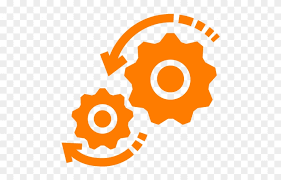 Custom Software Services
Custom Software Services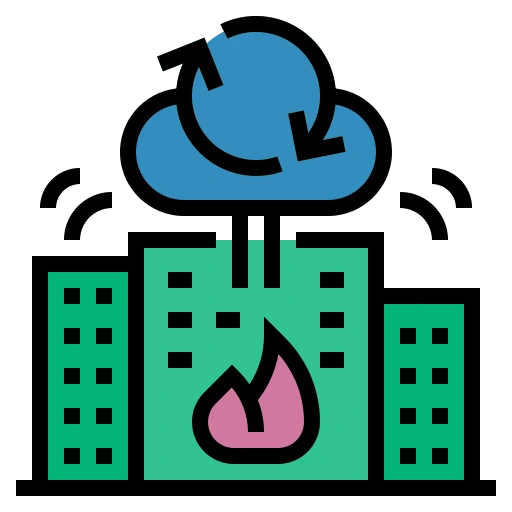 Backup & Disaster Recovery
Backup & Disaster Recovery Quality Assurance (QA Testing)
Quality Assurance (QA Testing) C#/.Net
C#/.Net JAVA
JAVA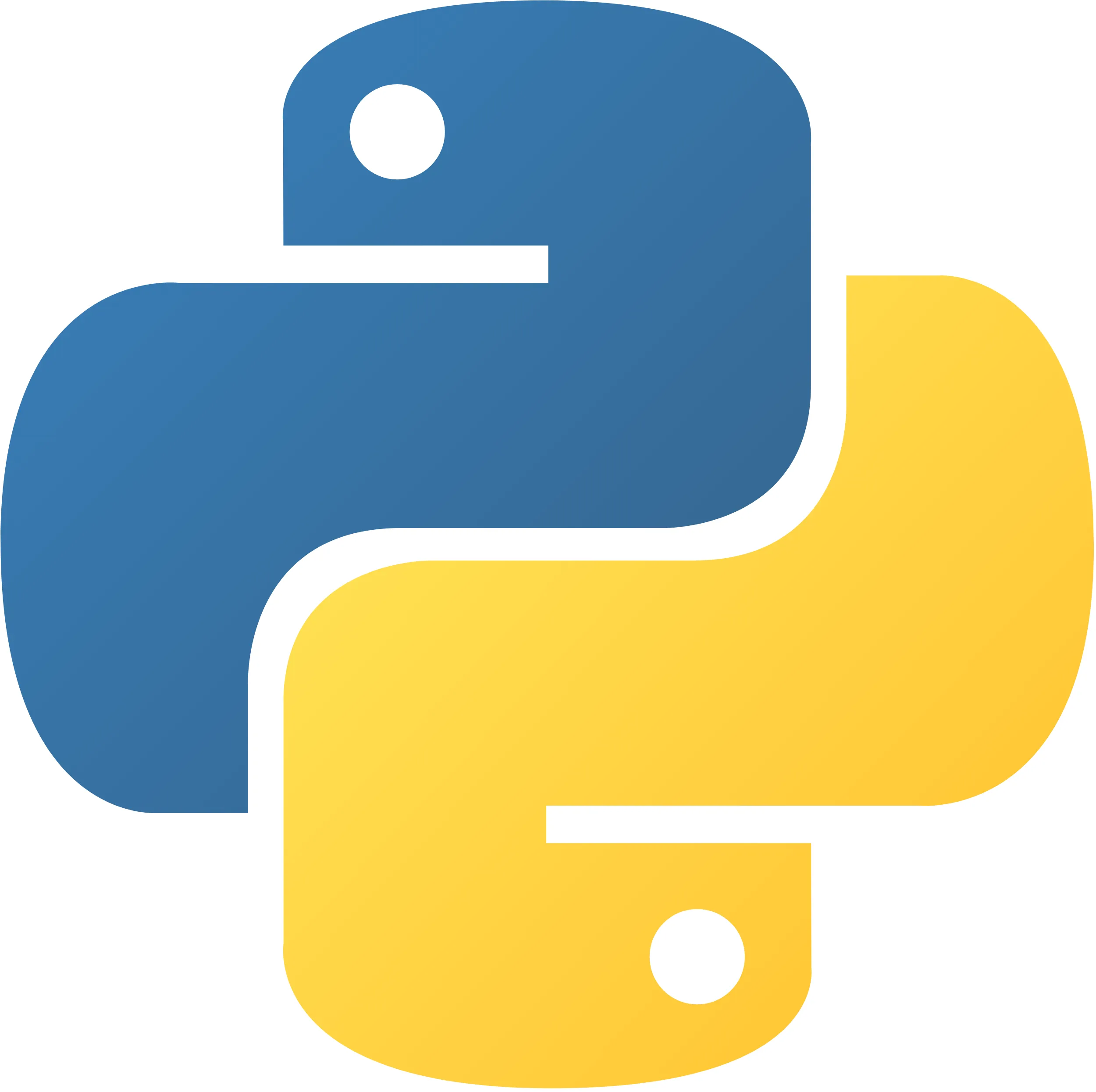 Python
Python Golang
Golang PHP
PHP ABAP
ABAP Appex
Appex Microsoft Dynamics 365
Microsoft Dynamics 365 Salesforce
Salesforce Sugar CRM
Sugar CRM HubSpot CRM
HubSpot CRM Zoho CRM
Zoho CRM Zendesk Sell
Zendesk Sell Magento
Magento Shopify
Shopify WooCommerce
WooCommerce Drupal
Drupal Joomla
Joomla OpenCart
OpenCart Flutter
Flutter Android App
Android App IOS App
IOS App UI/UX Designer
UI/UX Designer Vue.js
Vue.js Alpine.js
Alpine.js Node.js
Node.js Azure
Azure AWS
AWS Bittrex
Bittrex DevOps
DevOps Salesforce Cloud Services
Salesforce Cloud Services Google Cloud Platform
Google Cloud Platform Oracle Cloud
Oracle Cloud Assets and Accelerators
Assets and Accelerators Solutions
Solutions Sales Cloud
Sales Cloud Service Cloud
Service Cloud Marketing Cloud
Marketing Cloud Commerce Cloud
Commerce Cloud Experience Cloud
Experience Cloud Analytics Cloud
Analytics Cloud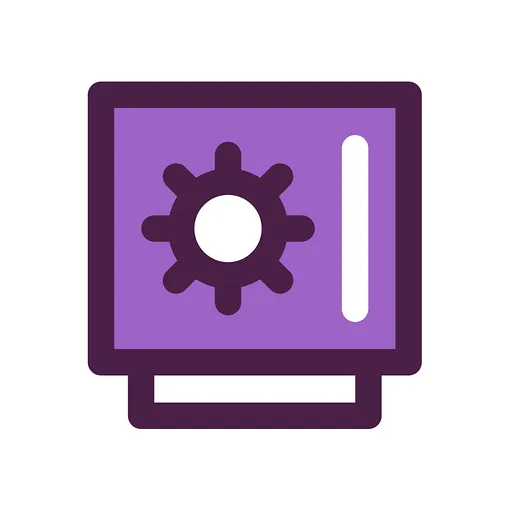 Financial Services Cloud
Financial Services Cloud Health Cloud
Health Cloud Education Cloud
Education Cloud SAP Cloud Platform
SAP Cloud Platform SAP S/4HANA Cloud
SAP S/4HANA Cloud SAP SuccessFactors
SAP SuccessFactors SAP Ariba
SAP Ariba SAP Integrated Business Planning
SAP Integrated Business Planning SAP Business Technology Platform
SAP Business Technology Platform SAP Customer Data Cloud
SAP Customer Data Cloud SAP Digital Supply Chain
SAP Digital Supply Chain SAP Fiori
SAP Fiori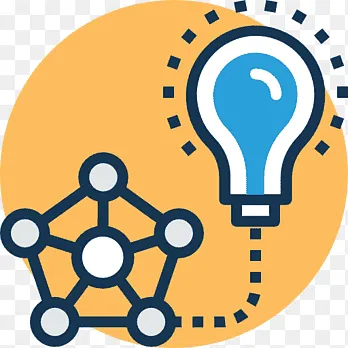 Data & Machine Learning
Data & Machine Learning Speech Services
Speech Services Image Processing
Image Processing Predictions & Forecasting
Predictions & Forecasting Recommendation Engines
Recommendation Engines BOTs & Virtual Agents
BOTs & Virtual Agents Customer Profiling
Customer Profiling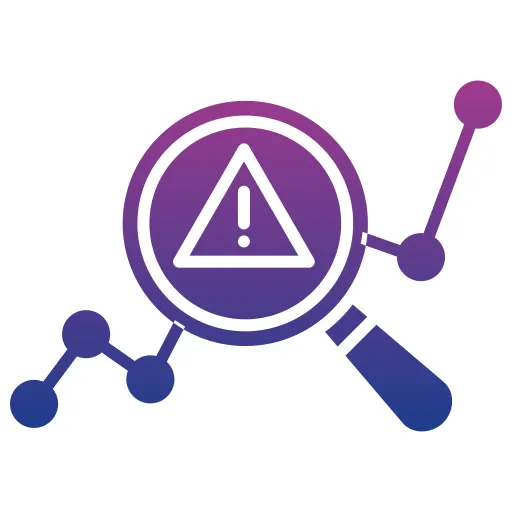 Anomaly & Fraud Detection
Anomaly & Fraud Detection Infrastructure As A Service (IaaS)
Infrastructure As A Service (IaaS) Platform As A Service (PaaS)
Platform As A Service (PaaS) Software as a Service (SaaS)
Software as a Service (SaaS) Cloud Architecture & Consulting
Cloud Architecture & Consulting Managed Services
Managed Services Enterprise Mobile Solutions
Enterprise Mobile Solutions .Net Solutions
.Net Solutions Portals & Collaboration
Portals & Collaboration











